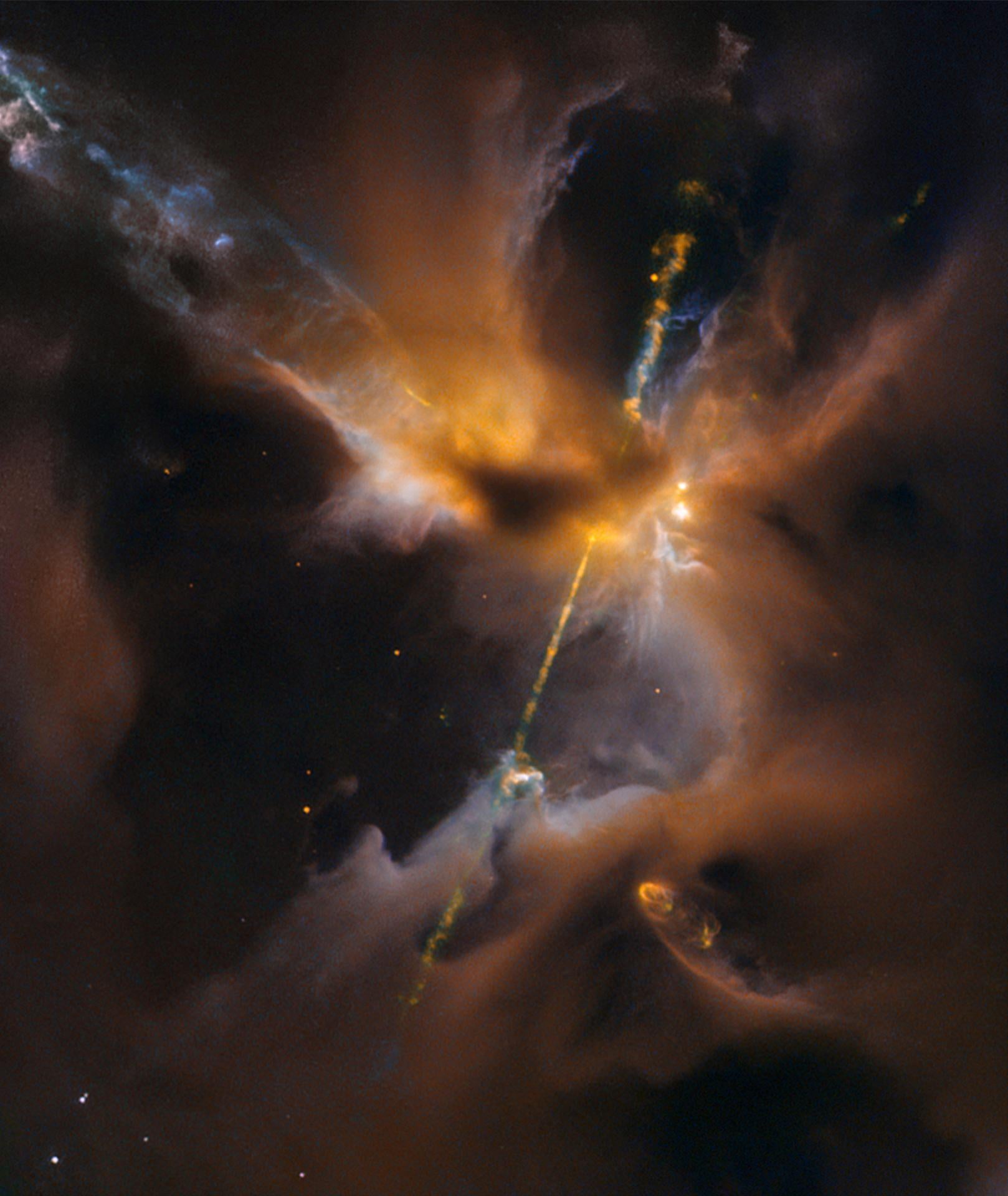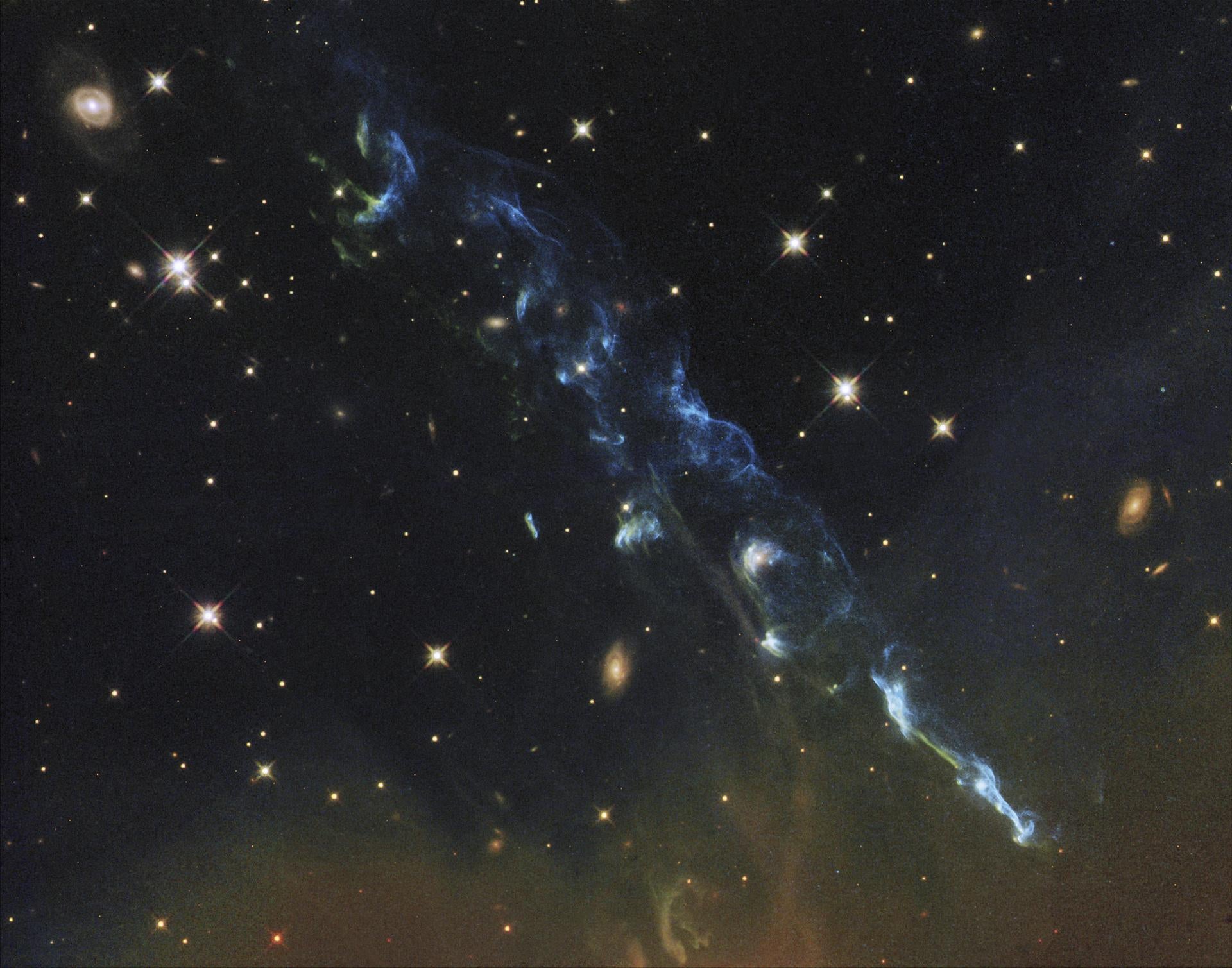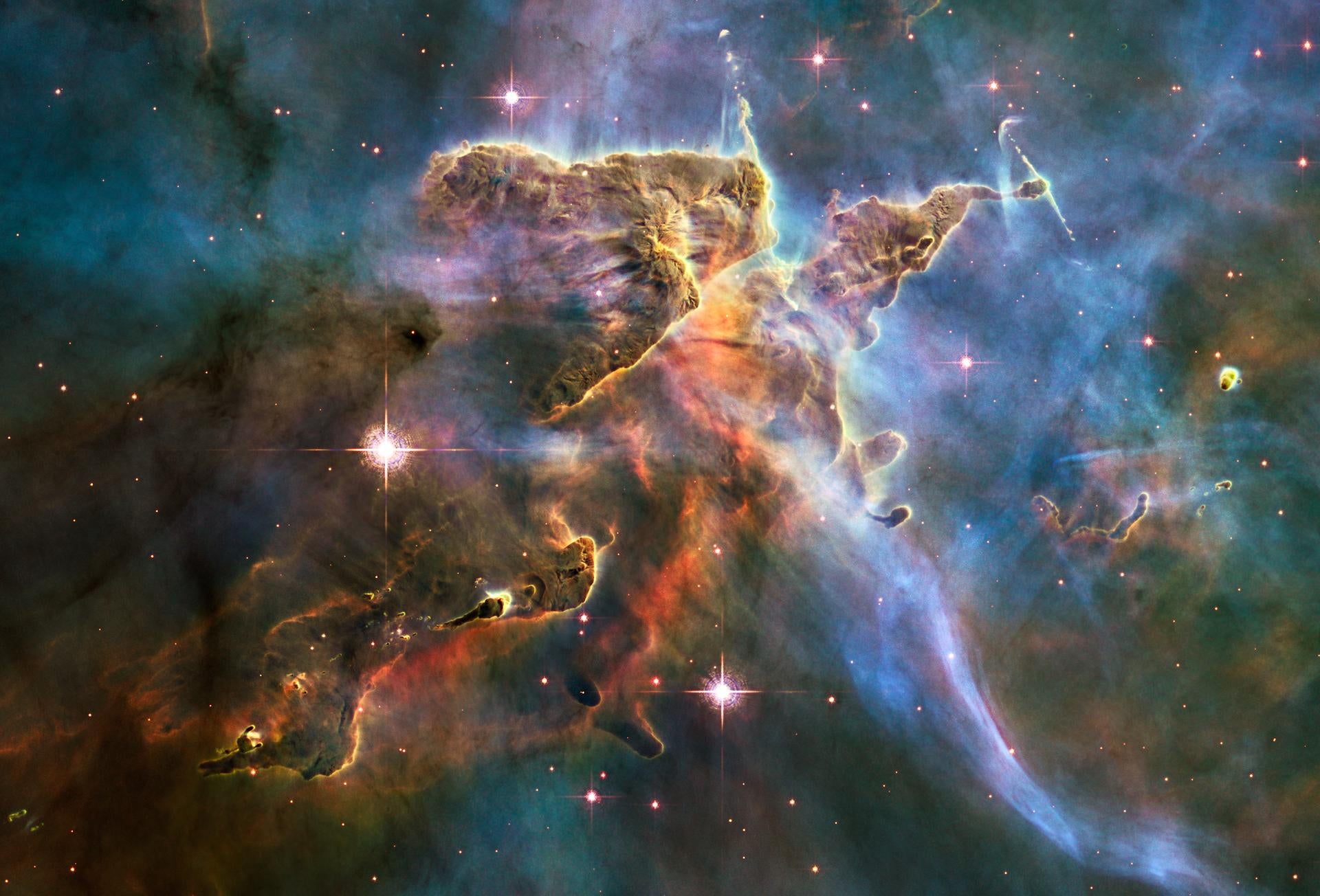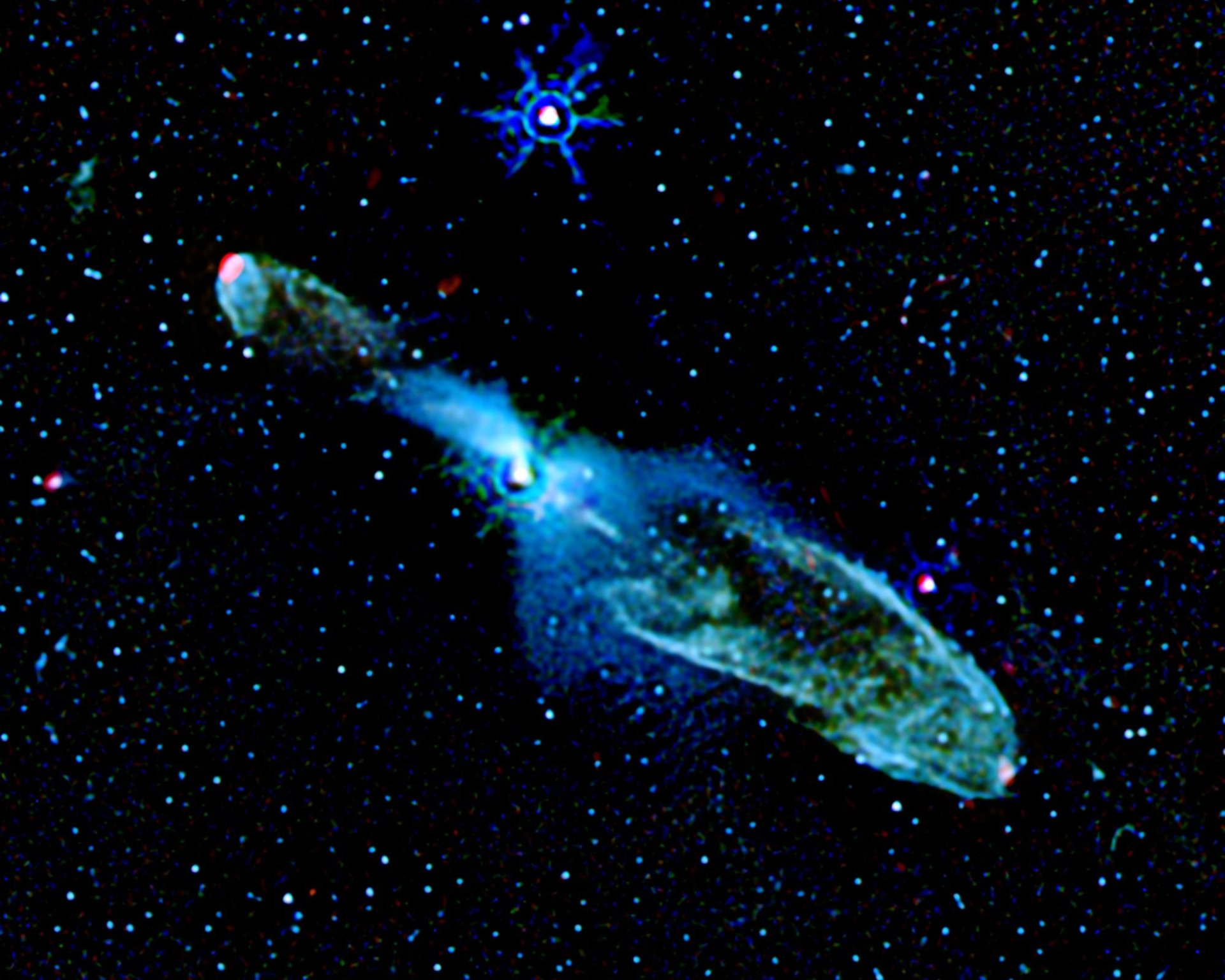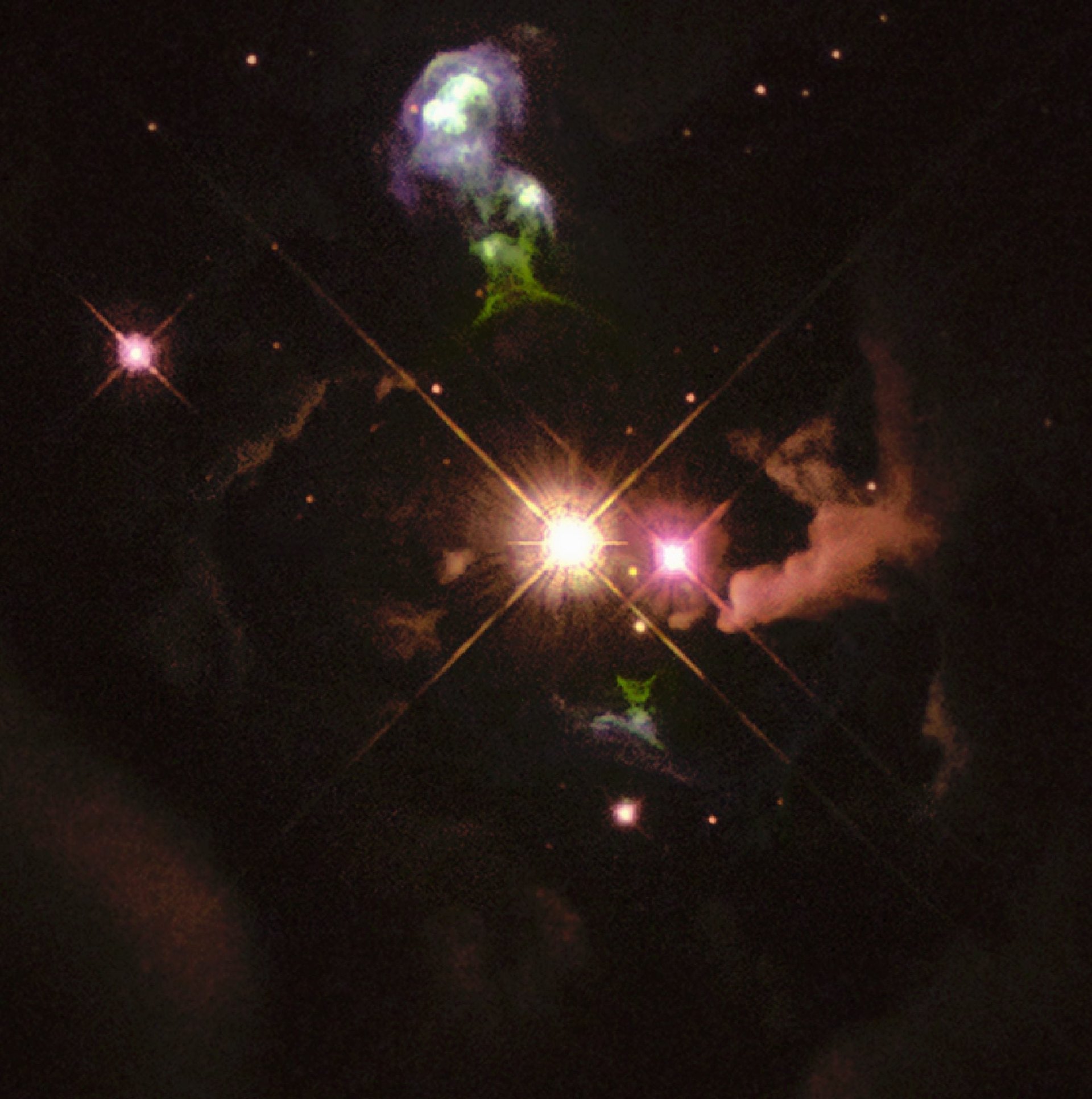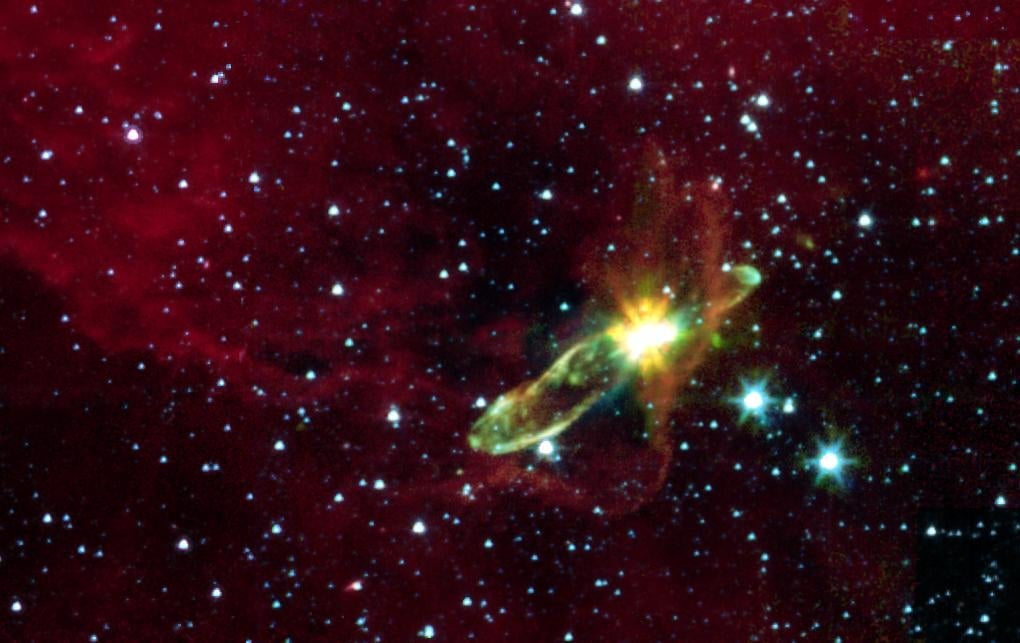Stunning NASA images show the violent beauty of newly formed stars
Today’s (March 21) Google Doodle honors the Mexican astronomer Guillermo Haro, who would have been 105 today.
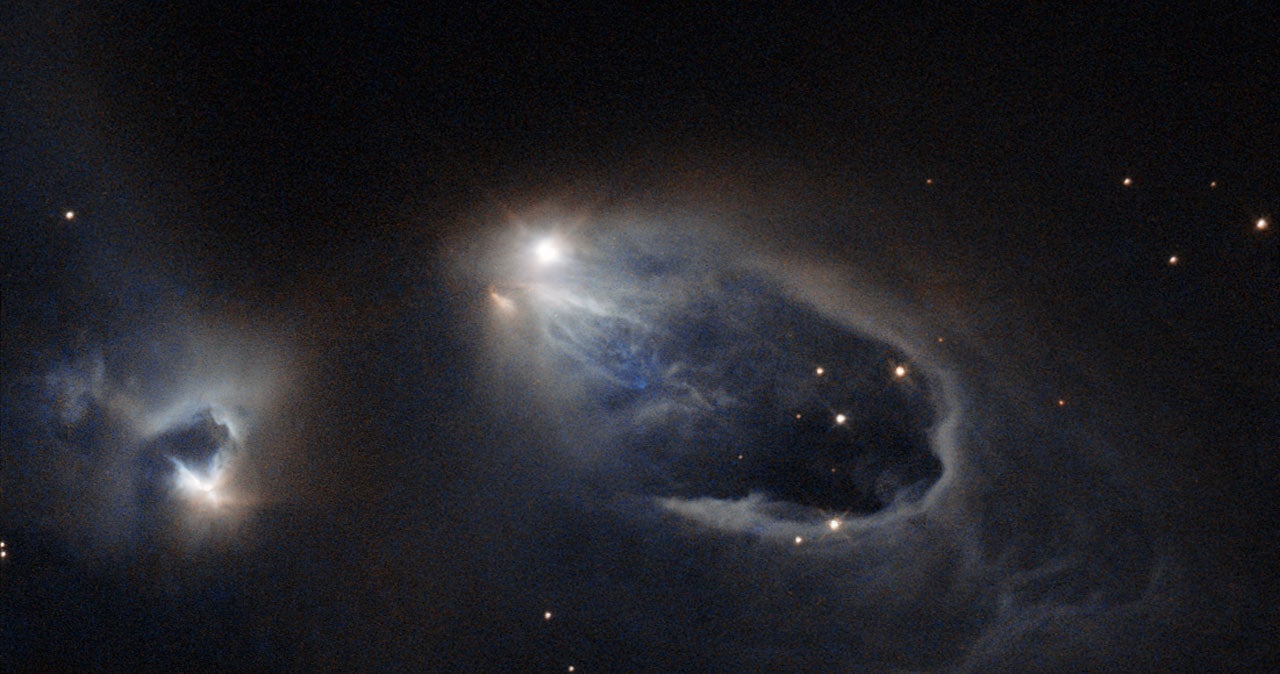

Today’s (March 21) Google Doodle honors the Mexican astronomer Guillermo Haro, who would have been 105 today.
His signature discovery was the Herbig-Haro object, a celestial phenomenon named after Haro and the American astronomer George Herbig, who was researching the same occurrences at around the same time.
Herbig-Haro objects are jets of gas and other matter erupting from newly formed stars which collide with the gas and dust around them at the speed of several hundreds of kilometers a second.
These beautiful objects have brief lifespans relative to eons-long astronomical timelines—only a few thousand years. But that same volatility has allowed astronomers to observe the steps of a young star’s evolution.
Here are a few images captured by NASA, the European Space Agency (ESA) and other research groups around the world:
